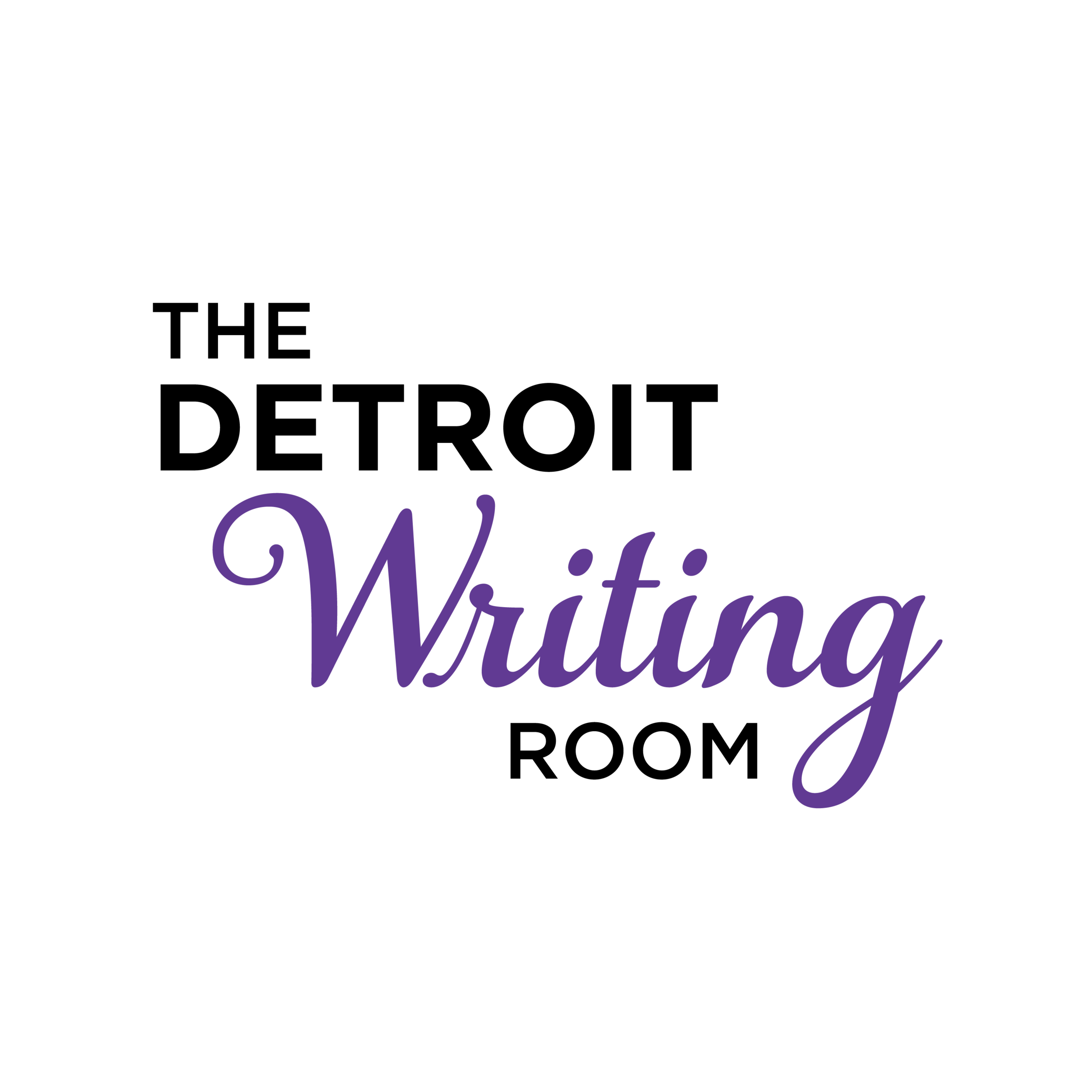American Studies Ph.D. Candidate Amy Jin Johnson
This week’s Writer Wednesday features aspiring historian Amy Jin Johnson from Grosse Pointe, Michigan!
Amy is a Ph.D. candidate in American Studies at Brown University. She is working with DWR coach Anna Clark to complete her dissertation, which focuses on the intersections of race, space, immigration and public opinion in 1890s Los Angeles. She's particularly interested in the ways in which public narratives of criminality and morality played into the creation and reinforcement of Chinatown's cultural and spatial boundaries from the rest of the growing city.
Amy is also the executive director of Project Implicit, a nonprofit committed to advancing scientific knowledge about stereotypes, prejudice and other group-based biases. Read more about her below!
What is your favorite part of the writing process?
Editing! I really struggle to get that first draft out, but I love cobbling the bits and pieces together. That “a-ha” moment when I finally discover what it is I’ve been trying to say is so satisfying. When the writing gets tough, I remind myself (sometimes out loud or to my dogs) that I will have a chance to revisit it later so just keep going.
What does your writing workspace look like?
I have an Ikea Malm desk that has traveled from Washington, .D.C, to four apartments in Providence, Rhode IslandI, to three houses in Michigan. I got it for free off of Craigslist when I was in graduate school, and it’s nothing special. It’s really heavy (especially by Ikea standards), and it’s a total pain in the butt to move, but it’s sturdy and doesn’t wiggle a millimeter when I type aggressively so it can stay.
I am surrounded by a ridiculously large collection of pens, pencils, colored pencils, markers, highlighters, fountain pens, ink, notebook, and notecards in colorful Mason jars, but I rarely use them because I almost always reach for my favorite notebook (a plain, black Moleskine) and a favorite pencil (a Staedler drafting pencil). I keep collecting because they make me feel writerly and who knows, maybe one of these days I will really need a salmon-colored midliner. Behind my desk, I have floor-to-almost-ceiling bookshelves that my partner, Phil, put together for me as my Christmas present last year. They make a lovely Zoom background, and I love having a comfy nook for writing and working.
You’ve been working hard writing a dissertation in American Studies at Brown University. What inspired you to focus on your specific dissertation topic, and how has your research informed the way you see the world?
I discovered my research topic in 2007 while writing a paper for an immigration history course. I had just discovered the California Digital Newspaper Database, and I was just poking around, trying to find something interesting to write about. I don’t remember what my search terms were, but I somehow landed on a Los Angeles Times article from November 1892 describing the kidnapping of a Chinese prostitute and the frenzy that her disappearance inspired. By the end of that first night’s archival search, I had found 15 other mentions of this particular kidnapping in multiple papers, and I’ve been working on this project in some way ever since.
My research has really illuminated for me how institutions and communities, past and present, reinforce white supremacy, sometimes without even knowing it. The policing of bodies, the creation of physical boundaries, the association of some groups as “good” and others as “bad” — these are all subtle but significant ways that “othering” takes place. I’m particularly interested in how city, state, and federal governments were influenced by public opinion and their “right-thinking” (re: white, majority) constituencies. I’m also regularly struck by how much of the nativist and racist rhetoric that is used in 1890s Los Angeles to rationalize certain actions taken by white Angelenos continues to survive today. Even though the events I’m researching took place almost 130 years ago, so much has remained unchanged and unchallenged. We still have so much work to do.
What is your favorite non-writing hobby?
I enjoy taking walks with my two dogs, Fritz and Nellie. Everyone in our neighborhood knows who we are because they’re sassy and have a healthy dose of “stranger danger,” but I love nothing more than heading out for a long walk with my pups and a podcast for company.
What is your favorite piece of writing advice?
I love Michelle Obama’s advice to “Read, write, read, read.” Reading is what inspired me to be a historian and writer, so whenever I get discouraged or unmotivated, reading brings me back to my purpose. Sometimes just holding a book in my hand is enough to remind me that every book started with a really bad first draft but that author kept going. They asked for help, they found an editor, they talked it through. They put in the work, and they got it done. Knowing that someday — I hope!!— someone who has never met me will hold my book in their hands and read the words that I wrote is enough to keep me going.
Follow Amy on Twitter at @amjinjo.

